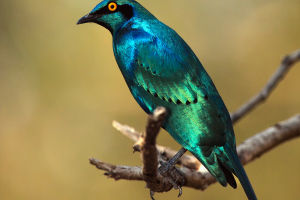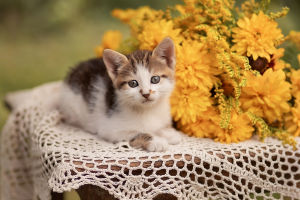Have you ever heard someone call roe deer “silly”? It’s a nickname many hunters and nature observers use because of the deer’s unusual behavior when startled. Unlike other animals that run away as fast as possible, roe deer often stop after only running a short distance, turning back to look around curiously.
This odd action makes them seem clumsy or naive—hence the nickname “silly roe deer.” But is that really the whole story? Let’s explore why they behave this way and how it helps them survive.
Where Roe Deer Live and What Their Habits Are?
Roe deer are found widely across the Ural Mountains, Siberia, Mongolia, Korea, and Myanmar. These graceful creatures are slender and delicate, measuring about 1.5 meters long and standing around 87 centimeters tall. Their sharp senses—keen smell, sight, and hearing—help them stay alert. Males have small forked antlers, typically with just a few branches.
They prefer open wet meadows, broadleaf forests, and areas with grass rather than rocky or dense needle forests. This is because they need space to move and watch for danger. Roe deer tend to be shy and cautious, coming out mostly in early morning or evening to graze on grass at forest edges or open fields. Even then, they stay alert, often stopping to look back and listen for threats.
How “Silly” Are Roe Deer, Really?
Many people have seen roe deer act in strange ways, like running in circles or standing still after being shot at. This behavior may seem foolish but actually has reasons. Roe deer tend to move within a familiar area they know well, marking their path with scent and droppings. They often travel the same routes daily within a few kilometers, so when they run in circles, they are just staying inside their known safe zones.
If frightened, roe deer may freeze or hesitate because they rely on carefully assessing the threat before running. This cautious approach helps them conserve energy and avoid running into unknown dangers. For hunters, this hesitation provides a better chance to take aim, which is why roe deer are often labeled as “silly.”
Survival Strategies Behind the “Silly” Behavior
When alarmed, roe deer raise their white tail, creating a visible “flag” that might confuse predators or warn other deer nearby. This signal isn’t a sign of panic but a natural communication tool. Roe deer’s “freezing” or slow reaction is not stupidity but a calculated choice—first to identify the threat and then decide whether to flee quickly or stay hidden.
Their alertness is impressive. They use their sensitive hearing and smell to detect dangers early, and they rarely wander far from familiar places, which keeps them safer. Their careful behavior might seem clumsy to humans, but it actually shows how adapted they are to survive in challenging environments.
The Current Situation of Roe Deer
Though roe deer are common in many regions, their numbers are affected by habitat loss and hunting pressure. It’s estimated there were about a million roe deer worldwide in the 1990s, but these populations can decline quickly if forests shrink or hunting increases.
Protecting roe deer means protecting the forests and natural spaces they depend on. Many countries have laws restricting hunting or protecting habitats to help keep roe deer populations stable. As we learn more about their habits and behaviors, it becomes clear how important it is to preserve the delicate balance of nature.
Why Protecting Roe Deer Matters?
Every species plays a vital role in the ecosystem, and losing one affects the entire food chain. Roe deer are part of a complex web of life where plants, herbivores, and predators depend on each other. Their disappearance could ripple through the environment, impacting many other species.
The evolution of life is a slow and intricate process that cannot be rushed or replaced. Each animal is a unique part of this system, holding its own place and meaning. Like an old poem about losing a nail leading to a horse losing a shoe, and eventually a kingdom falling, losing species can have serious consequences.
Let’s Think Together
Do you think roe deer are really “silly”? Or are they just smart survivors using their own way to live in a dangerous world? We would love to hear your thoughts and stories about these curious creatures. Leave a comment and let’s talk!
Roe Deer: Following Their Secret Lives through the Seasons 🦌
Video by Robert E Fuller


